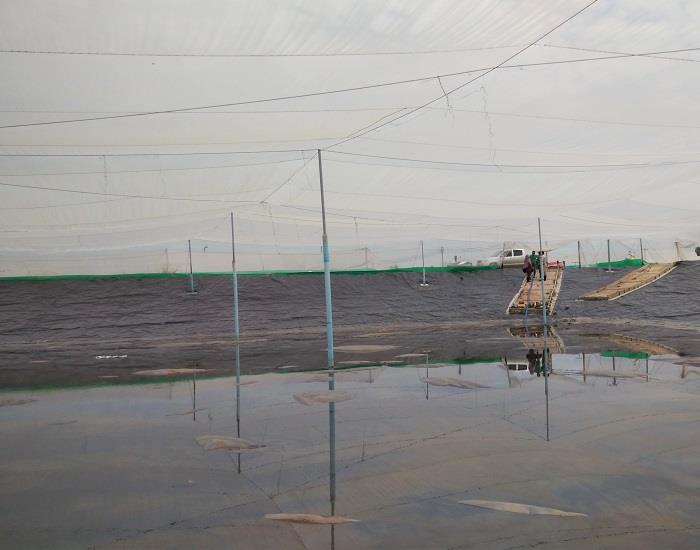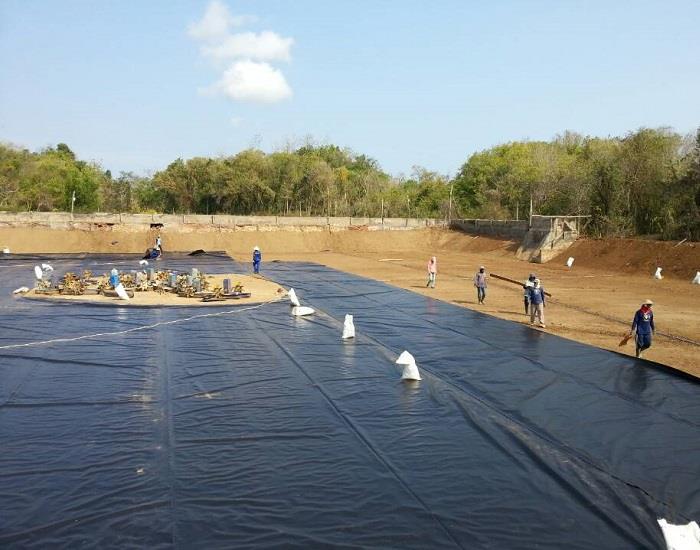When it comes to creating a healthy and sustainable environment for fish in a pond, choosing the right pond liner is crucial. The pond liner serves as a protective barrier between the water and the surrounding soil, preventing leaks and maintaining the water quality. With a wide range of options available, it’s important to consider the specific needs of the fish and the pond when selecting the best liner.


One popular choice for fish pond liners is polyethylene. This material is known for its durability and flexibility, making it an ideal option for creating a reliable barrier in the pond. Polyethylene pond liners are available in various thicknesses, including 0.5mm and 1mm, allowing pond owners to choose the most suitable option based on the size and requirements of their pond.
The 0.5mm pond liner is a lightweight and cost-effective choice for smaller fish ponds. It provides a basic level of protection and is suitable for ponds with minimal water pressure. On the other hand, the 1mm pond liner offers enhanced durability and strength, making it suitable for larger ponds or ponds with a higher water volume. Both options provide a secure foundation for maintaining the water quality and ensuring the well-being of the fish.
When considering the best liner for a fish pond, it’s essential to assess the specific needs of the fish and the environmental conditions of the pond. For aquaculture fish ponds, where the focus is on raising fish for commercial purposes, a high-quality geomembrane pond liner is often recommended. Geomembrane liners are engineered to withstand the demands of aquaculture operations, providing a reliable barrier that can withstand constant water exposure and potential wear and tear.
In addition to the material and thickness of the pond liner, the installation process is also a crucial factor to consider. Proper installation is essential for ensuring the effectiveness of the liner and preventing any potential issues such as leaks or tears. It’s important to prepare the pond bed thoroughly, removing any sharp objects or debris that could puncture the liner. Additionally, ensuring a secure and tight fit of the liner will contribute to its overall performance and longevity.
When looking to buy fish pond liners, it’s advisable to consult with a professional to determine the most suitable option for the specific pond requirements. Factors such as the size of the pond, the type of fish being raised, and the environmental conditions will all play a role in selecting the best liner. By seeking expert advice, pond owners can make informed decisions and invest in a liner that will support the health and well-being of the fish.
In conclusion, the best liner for a fish pond is one that offers a combination of durability, flexibility, and reliability. Polyethylene pond liners, available in 0.5mm and 1mm thicknesses, are popular choices for creating a secure barrier in fish ponds. For aquaculture operations, geomembrane pond liners provide the necessary strength and resilience to support commercial fish farming. By carefully considering the specific needs of the fish and the pond, pond owners can select a high-quality liner that will contribute to a thriving and sustainable aquatic environment.
Post time: May-14-2024